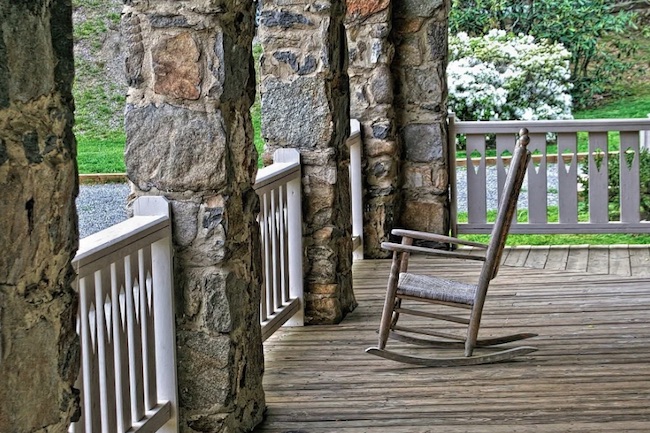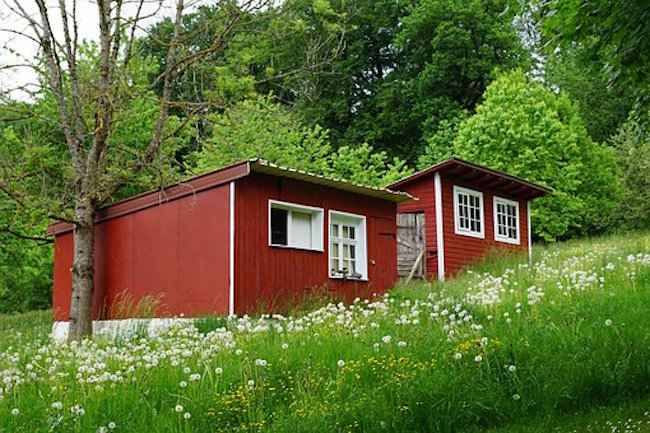How to Design a Natural Disaster-Resistant Home by Dirce Guerra for The Organic Prepper
If you live in an area prone to natural disasters this article offers advice on how to design a natural disaster-resistant home. It’s only natural that we expect to feel safe and secure in our homes. Every geographical region is associated with some type of natural disaster. Some areas are vulnerable to several. Therefore, there are many benefits to planning and building a natural disaster-resistant home.
According to the Insurance Information Institute: “there was an average of 520 natural catastrophes per year between 1989 and 2018. In 2019 alone, there were 820 — a nearly 58% increase from the average over the past three decades. Insured losses for damage caused by these natural disasters exceeded $82 billion. This statistic doesn’t reflect the uninsured losses or incalculable losses of personal items like family photographs and other cherished objects.
The costs of NOT building a natural disaster-resistant home
Nature has no concern for roofs, walls, and foundations. Unfortunately, many construction firms have little concern about building housing to provide a robust defense against the natural disasters associated with their setting. Although builders must construct houses according to local code, that may not be enough for homebuyers looking for properties designed with Mother Nature’s fury in mind.
While $82 billion reflects the cost to insurance providers, the cost to individuals is more challenging to reflect. How does one measure the disruption to property owners’ lives after they’ve lost everything and must live out of a hotel for months or longer?
Insurance coverage is a crucial safety net for homeowners. However, it simply doesn’t replace what once was. The cost to individuals is both fiscal and emotional. The truth is that $82 billion reflects insured losses. Actual losses in 2019, according to the Insurance Information Institute, exceeded $210 billion.
Even the most prepared may someday deal with a catastrophe at the community or personal level that can’t be stopped. Deciding whether to rebuild in place or start over elsewhere can be daunting. Possessing the mental preparation to do so, along with some resources for how to make that happen is priceless.
Benefits of planning and constructing a natural disaster-resistant home
Constructing a disaster-resistant home requires careful planning. It’s also essential to work with an architect and construction firm with experience and expertise with disaster-resistant constructions for the area in question. The main benefit for these types of structures, of course, is increased safety. However, there’s a decided fiscal benefit for property developers, home buyers, and insurance carriers. Waiting to build a disaster-resistant house to replace one that was destroyed costs more than building from scratch.
Homes constructed specifically for the geographical region may also be more comfortable to live in owing to the better planning associated with elements such as building materials, energy efficiency, and routine maintenance. It stands to reason that the same house built in the West Coast, the Southern Atlantic Coast, or the Midwest region known as Tornado Alley isn’t likely to perform as well as a home that’s designed specifically for those regions and their conditions.
How much does it cost to build a natural disaster-resistant home?
Constructing a house designed to provide a robust level of protection against natural disasters depends on the disaster in question.
One news outlet estimates that a Mississippi house builder can expect to pay about $5,000 more to construct a house that meets ‘gold standard’ hurricane-resistance standards. As opposed to a home that meets the legal code.
The costs vary with the size of the construction, and the type of disaster damage builders are trying to keep at bay. Building an earthquake-resistant house or building can cost anywhere from 5% to 15% more than a conventional one. But the cost can vary by location. For instance, building an earthquake-resistant home in San Francisco is likely to cost substantially more than building one in areas of the Pacific Northwest. Home costs will vary depending on the local prices for materials and the contractor rates in the area.




